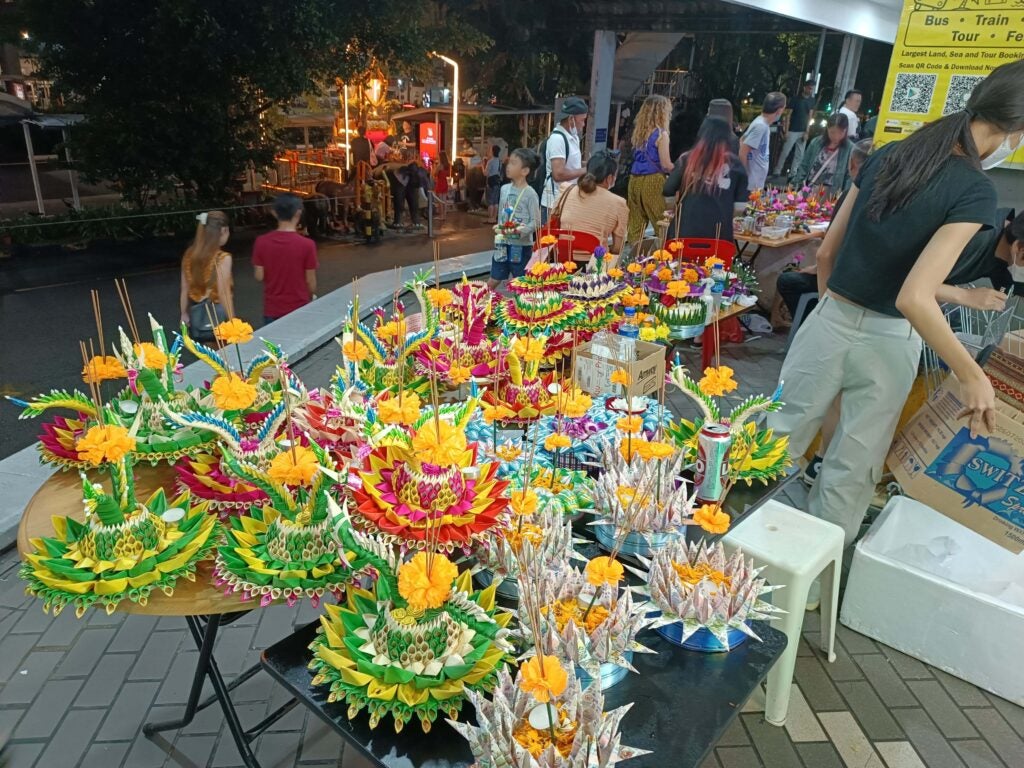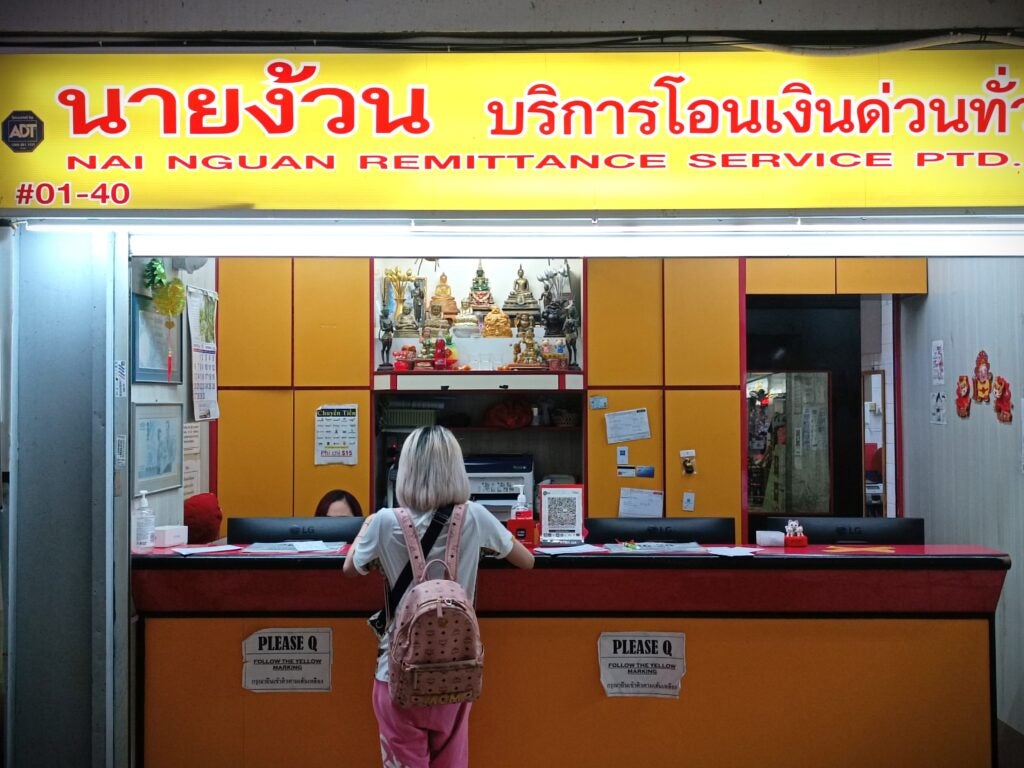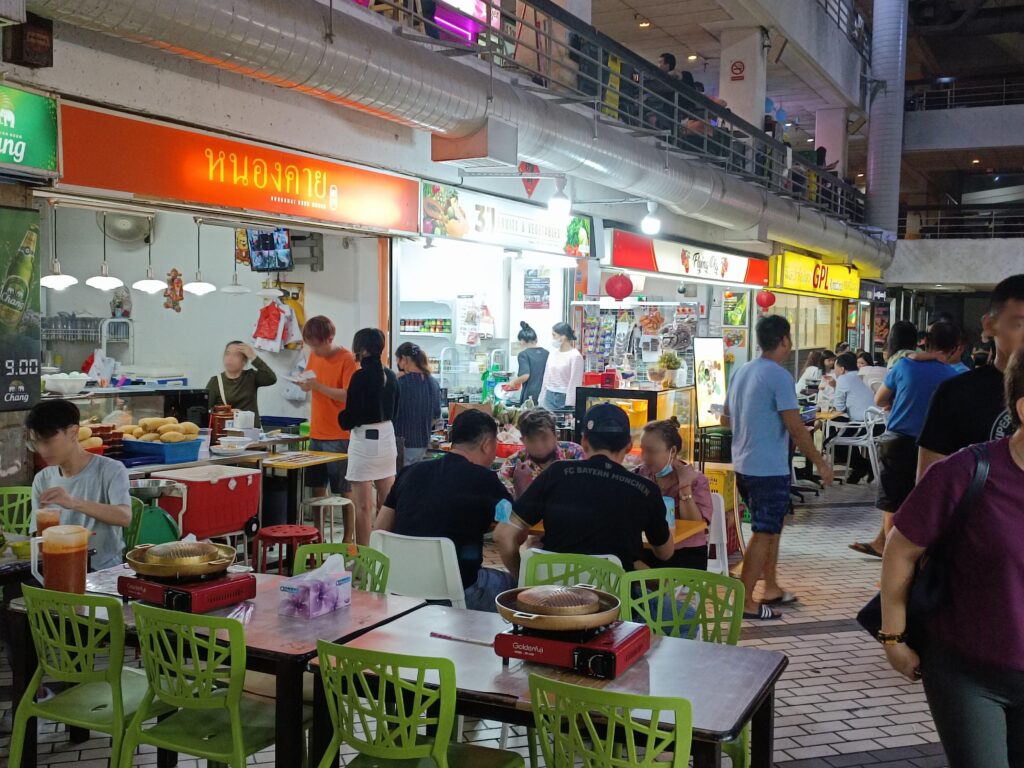Letting Go, Reluctantly: The end of the road for Singapore’s ‘Little Thailand’
Kevin S.Y. Tan, 9 January 2023
On 8th November 2022, Thai communities around the world celebrated Loy Krathong, a traditional festival that also takes place in other Southeast Asian societies like Myanmar, Laos, Vietnam and Cambodia. For Thais, it usually occurs on a November evening during the full moon within the 12th month of the Thai Lunar Calendar.
When translated into English, Loy Krathong largely means to “float a vessel”, where participants place a well-decorated handmade container or basket (i.e. krathong), made out of leaves and flowers, onto a river or lake. Incense sticks and candles are often put on the krathong as a symbol of worship to the Goddess of Water, known as Mae Phra Khongkha, the Thai version of the Hindu Goddess Ganga. A Buddhist interpretation of this tradition suggests that the festival is a symbolic expression of “letting go”, as one seeks a sense of renewal beyond past events and experiences, while looking towards the future.
In the case of Singapore, Loy Krathong is probably most visibly celebrated at the Golden Mile Complex along Beach Road in Singapore, also known as “Little Thailand”. But 2022’s Loy Krathong at the Golden Mile Complex was likely celebrated along with a sense of ambivalence by its participants, because of the implicit awareness that it would be the final Loy Krathong to be held there. This is because Golden Mile Complex is due for urban redevelopment, having been bought over for $700 million dollars by a consortium consisting of Perennial Holdings Private Limited, Sino Land and Far East Organization.

By mid-2023, the “Little Thailand” of Singapore will be gone forever due to the upcoming plans to redevelop and gentrify its premises into a “mixed-use integrated development with office, retail and residential components”. While the building itself will be protected by the Urban Renewal Authority as it has already been gazetted for conservation, such conservation only extends as far as its overall physical façade. What will be lost though, will be what made “Little Thailand” popular among locals – its Thai character that evolved as a result of the Thai transnational community emerging there from the combination of a large influx of Thai low-wage migrant workers coming to Singapore since the 1970s and the building’s central location in the city area.
The Golden Mile Complex’s gradual evolution into “Little Thailand” was further conceived as such when it became a low-cost transport hub for travel agencies running bus services that traversed the Malaysian Peninsula right into Southern Thailand and beyond. What followed next were the businesses such as a Thai supermarket; restaurants and cafes serving Thai food; grocery and sundry stores; and even financial remittance companies that supported the migrant workers. The subsequent emergence of several Thai-themed karaoke bars and discotheques eventually contributed to the site’s reputation for a daring nightlife scene, especially on weekends.

The symbolic meaning of Loy Krathong, therefore, held an even deeper and poignant meaning for some because of its final celebration at a site that would soon be gone. On the other hand, however, many who have often felt uncomfortable with the Golden Mile Complex’s alleged disreputation in recent years will finally get their wish. Located just a short distance from Singapore’s more upmarket Bugis shopping district, the Golden Mile Complex comes across as a poor and unpolished relative, having become increasingly incompatible with Singapore’s urban development in the city centre. Perhaps that is one reason why a majority of its tenants agreed to the sale, in spite of it being undersold from the original asking price of $800 million.
Gone will be the out-of-date air-conditioning system, the peeling paint and the grimy walls that surround you when you enter its premises. Likewise, the dim and poorly lit parts of its three-storied shopping mall that had become the heart of the building over the decades will soon be a distant memory. “Development” or progress, as some would call it, has won. The brave new world awaits.

Nevertheless, at the same time, one needs to recall that the Golden Mile Complex, in spite of its apparent physical defects, was also the site of a community that was borne out of Singapore’s foreign labour history. While many of such persons from this community were transient members of our society, they undoubtedly played a role in the process of nation building, which is often a self-conscious narrative among Singaporeans. Hence, to give a fairer account of how Singapore has become what it is today, it is important to recognize that a sense of community within a country is made up of more than just its citizens.
The impending disintegration of the Golden Mile Complex’s community, while viewed as a necessary outcome of development from a materialist perspective, also signals the loss of something that has become an urban icon that both migrant workers and Singaporeans have come to appreciate as something decidedly ‘home-grown’. From another perspective, Singapore’s “Little Thailand” is a post-independence example of ground-up community development – in its rawest form – that came into being due to shared lived experiences rather than top-down policies of social integration. While its physical surroundings will inevitably be renewed and upgraded, it appears that little will be done to preserve or recover the community that gave the Golden Mile Complex its unique character and personality.
As a site that has held both personal and scholarly significance for myself, the final Loy Krathong on 8th November was both a symbolic and emotional event. It was a time for letting go, for perhaps the only thing that is permanent is impermanence - from a certain point of view. I too will have to accept that all things must come to pass, but there will always be some things in our lives that we let go with a greater sense of reluctance.

Kevin S.Y. Tan is a cultural anthropologist at the Chua Thian Poh Community Leadership Centre of the National University of Singapore
Email: kevintan@nus.edu.sg

